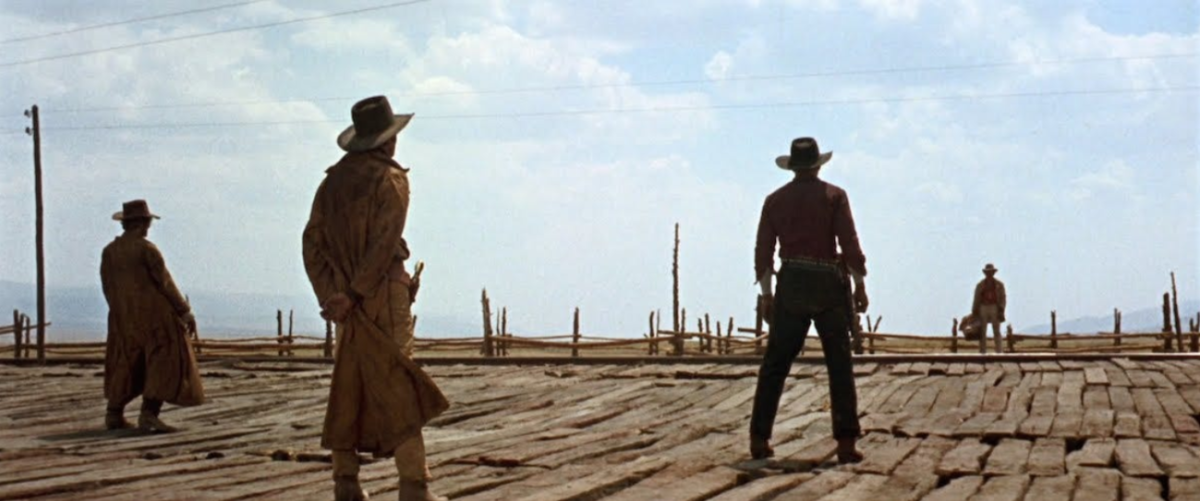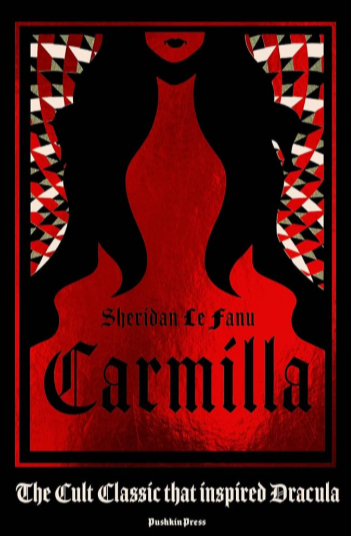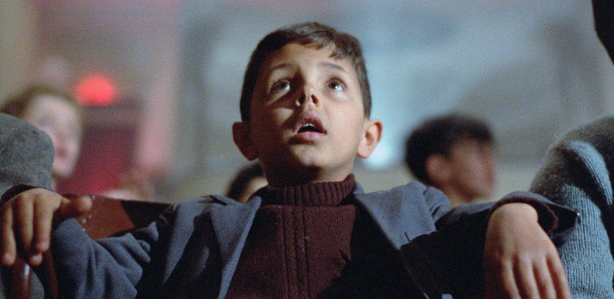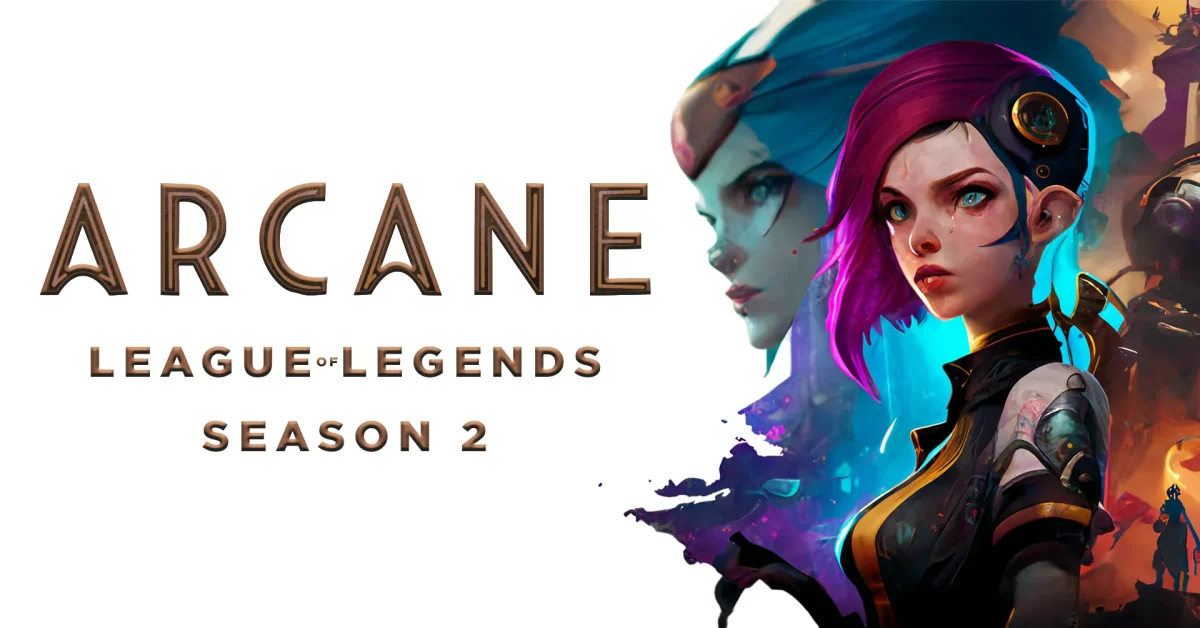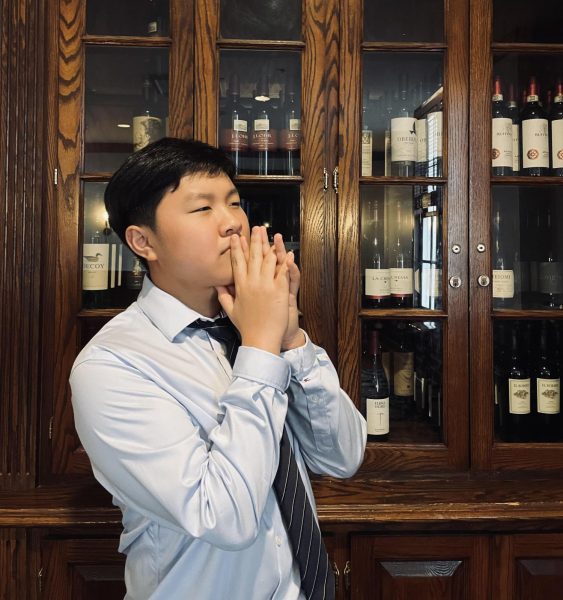In the first half of the 20th century, the Western genre dominated the golden age of Hollywood. Figures like John Wayne and John Ford were household names at this point, with films like The Man Who Shot Liberty Valance and Stagecoach. However, towards the 60s, the genre started to fade to American audiences because of the over-saturation of Western-based characters and storylines and the gradual shifts in political and social stances that conflicted with some of the Western genre’s undertones and plot points. Despite this, an innovative approach to the genre and filmmaking in general suddenly revived the Western, preventing it from irrelevance. This revival was partially due to Sergio Leone, an Italian film director who brought some of the best Westerns to the world of cinema.
Before Leone’s exponential rise in the film industry, Italian Westerns, more widely known as “Spaghetti Westerns”, were considered the inferior knock-off version of American Westerns. This reputation was understandable and justifiable to a certain extent since the actors were not handsome Hollywood figures like John Wayne or Henry Fonda. Yet, Leone transformed this preconceived notion into something greater and of more stature when he started making the Dollars/No Name Trilogy with Clint Eastwood. Initially, the first two films, Fistful of Dollars and For a Few Dollars More, gained the attention of MGM scouts in Italy, prompting them to formulate a distribution contract in America. To further sell the idea, the writer, Luciano Vincenzoni, quickly pitched a possible third installment, described as “a film about three rogues who are looking for some treasure at the time of the American Civil War”. This would ultimately become The Good, The Bad and The Ugly, widely regarded as one of the best Western films of all time. Leone would go on to direct two more westerns before his passing: Duck, You Sucker/Fistful of Dynamite, and Once Upon a Time in the West.
While Sergio Leone did revolutionize the Western genre, he also transformed how the Wild West was perceived by the masses. Instead of having films that had a definitive good and bad, Leone brings a much more realistic yet ambiguous approach to this setting, similar to the French and American New Waves in cinema that were to occur. Here, characters work out of their interests and never have a truly benevolent motive. In lieu of an explicit “good guy”, the stories tend to follow a protagonist that just so happens to align with the moral idea of good that modern audiences have, essentially establishing the “anti-hero” notion in Westerns as well. This contributes not only to the overall story and character development but also to the setting. Leone paints for us a picture of a truly Wild West–one that has absolutely no obligation to do good for our characters. Rather, each character seems to have their own idea of what they act out of, whether they do so out of selfishness or another moral code. As the films go on, we learn more about the characters and each action in every scene contributes to their growth and characterization. This approach to character development only assisted Leone in evolving the Western and producing a truly dangerous environment.
While these films were filmed in Spain and Italy, they also adopted a certain “American” characteristic to them. Sergio Leone achieves this patriotic depth specifically in The Good, the Bad and the Ugly. The film follows the man with no name, Angel Eyes, and Tuco: the good, the bad, and the ugly, respectively. After learning about $200,000 worth of Confederate gold hidden in a cemetery, they traverse a large portion of the US to find this gold, crossing paths with the Union and the Confederate armies at multiple points in the story. However, these characters are not on any particular side of the war, as they switch sides multiple times just so that they can get closer and closer to the gold. Amidst this war that ultimately achieves nothing, these three characters act out of their own interests in something of a final hurrah. For the viewer, this creates an almost cathartic and grand experience, and it further immerses them into the setting and story. The same anti-war sentiments are also seen in Duck, You Sucker, a film following a character who accidentally gets involved in the Mexican Revolution during the early 1900s. By the end, the protagonist matures and works for the greater cause of the war instead of for themselves–a thematic journey that counters The Good, The Bad, and The Ugly. Nonetheless, the films highlight the tragedy of war and its toll on the Wild West–whether in the Civil War or the Mexican Revolution.
Today, the Western genre is remembered for a sense of grandeur that is unique to the depiction of this period in American history. In his films, Leone chooses to create stories and characters that take full advantage of this. The Good, the Bad and the Ugly has a relatively simple plot but part of its style is in being able to convey such a large setting and still being able to tell a great story. As a result, we get the culmination of almost all Western stereotypes in this adventure of a film. Leone’s stylistic grandeur also comes from his music which was all composed by Ennio Morricone, one of the most renowned film composers of all time. His scores add a level of excitement but also an underlying sense of sentimentality. He captures the theme of new beginnings so well and he single-handedly adds layers to a film that may have otherwise been forgotten. Leone’s Westerns are filled with style from the beginning, which contributes to what makes his films some of the most iconic and legendary.
To some, cameras are still cameras. By this, I mean that some filmmakers take the term “motion picture” quite literally and use this medium to document life and the human experience. While motion pictures are most commonly used as a means of storytelling, half of them intentionally capture the mundane, everyday aspect of existence on Earth. Sergio Leone’s style integrates this aspect of life into his films to create a timeless experience. His visuals show things that may not be necessary to drive the story forward, but rather create the specific environment that manifests his cinematic vision. Take Once Upon a Time in the West for example. The opening consists of a few bandits impatiently waiting for the character Harmonica to arrive on a train. For nearly ten minutes, we watch silently as these characters generate a menacing aura as they swat at flies and fix their hats. Never for a moment does the direction feel convoluted. Even among these seemingly uneventful scenes, never does it lose focus on what it tries to convey; the goal here is to produce suspense leading up to a quick but satisfying duel.
Sergio Leone’s Westerns further this precise idea of the Wild West: the harrowing and morally questionable characters and the grand setting surrounding them. Whether it be moral ambiguity, patriotism, grandeur, or even mundanity, Leone creates worlds of complex themes and visuals alike. His direction never fails to tell a riveting narrative that gauges the attention of people looking for an action-packed tale who desire to dissect an enigmatic yet entertaining puzzle. This level of depth and nuance revolutionized Western films, and his films have thus become emblematic of this complex and vast setting in media and cinema overall.

